Waiting for a Coral Spawning
 April 10, 2021
April 10, 2021
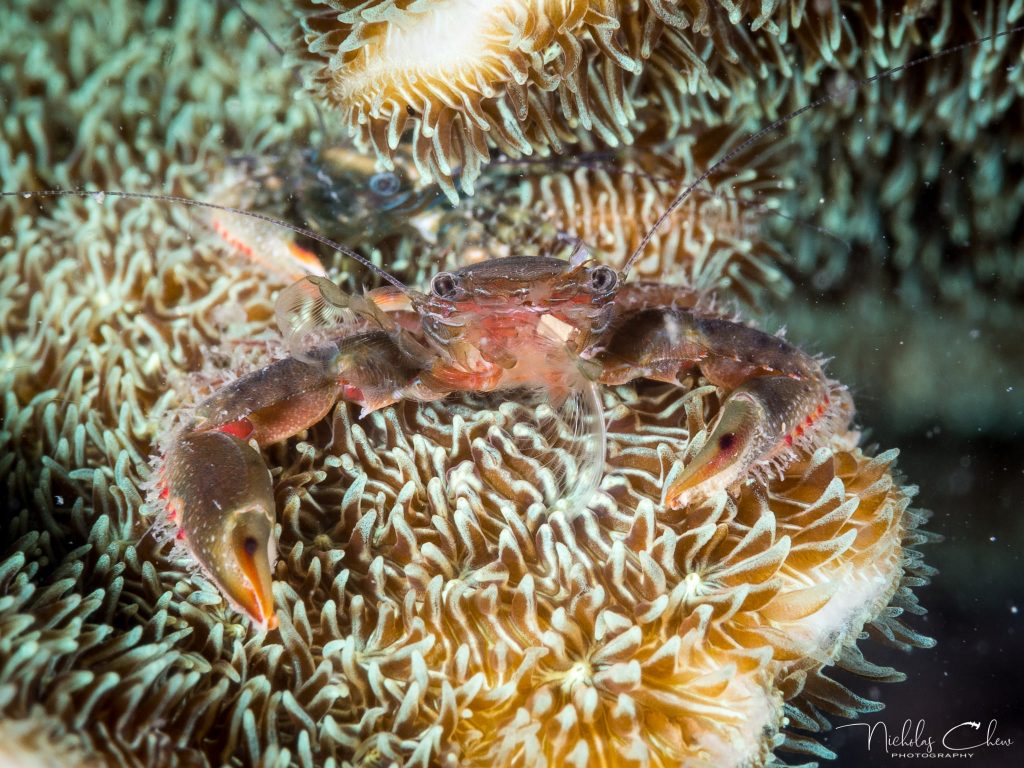
There are a few special times of the year, when the phases of the moon and tides align to trigger a global marine underwater phenomenon called mass coral spawning. I witnessed my first mass coral spawning in 2003. It was also at Pulau Satumu, also known as Raffles Lighthouse. We camped on the island in tents, watched as the sun set into the water, and I recall one of the divers on our team, Huang Danwei, exclaim, “Dolphins!” with fingers pointed towards the sun, and the backlit dorsal fins of at least two dolphins. I wonder if the dolphins knew about the evenings’ spectacle that was to come.
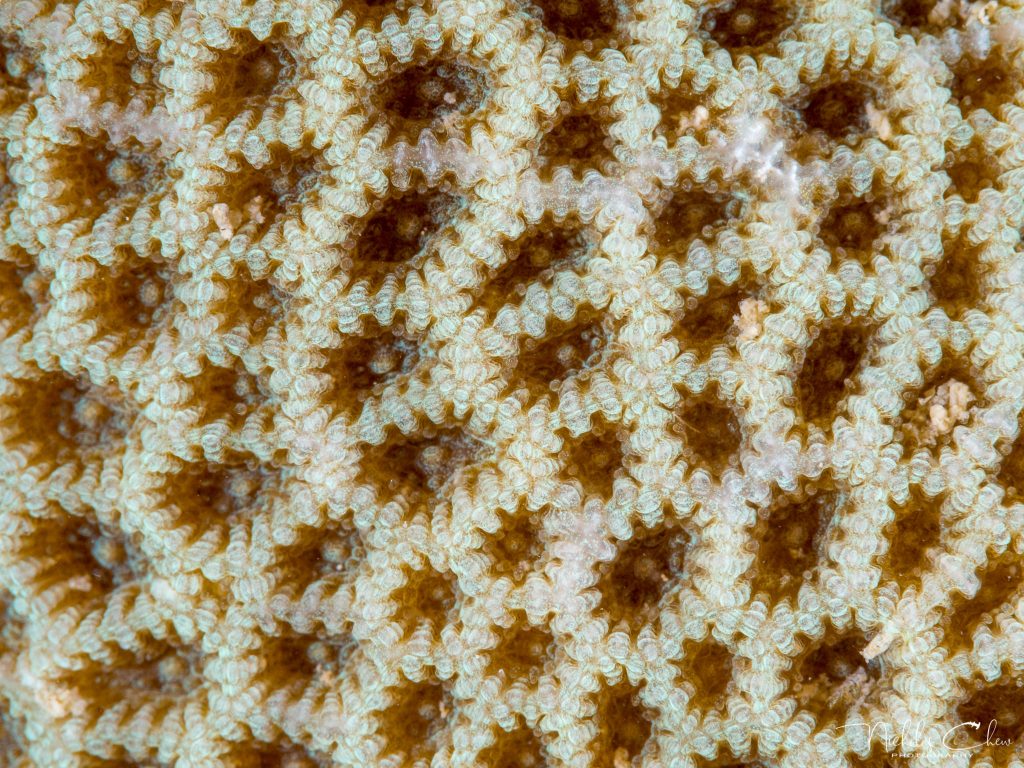
Hantu Blog volunteer diver and underwater photographer visited Pulau Satumu this year for a mass coral spawning dive organised by NParks.
Nicholas Chew: I’ve done about 700 dives in Singapore to date so far, and have been to Satumu on just a few rare occasions. It’s possibly one of the best reefs in Singapore waters in terms of coral diversity, and quite easily my favourite site in Singapore.
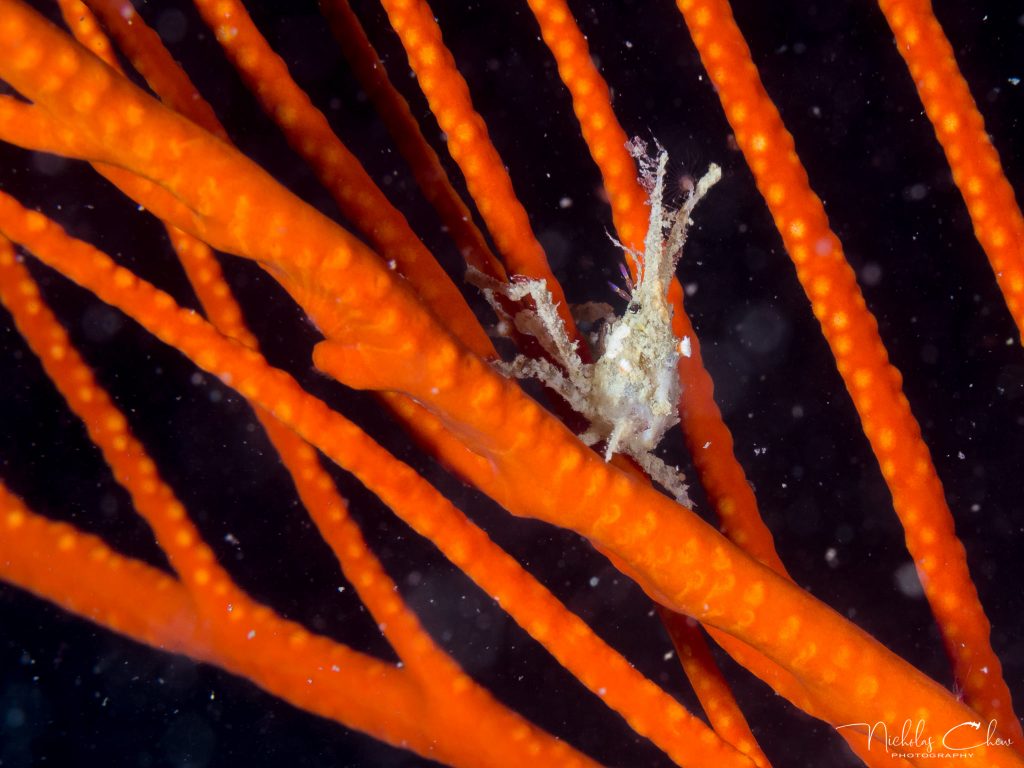
We had entered the water at 6pm, expecting some corals to spawn just after sunset. Since most of the dive would be shallow at about 5m average depth, we could spend almost 2 hours just moving slowly and studying every little nook and cranny of the reef. For this dive, the goal was to document coral spawning activity and any other reef diversity, including invertebrates and fish life – A bioblitz survey method. A 100m transect tape was laid horizontally along the reef crest at about 5m depth, serving as our reference line for the dive. We would swim along the line, sometimes going shallower or deeper to explore, but staying aware of its location to prevent us from getting disoriented in the vast sea of black. I was planning to photograph the corals up close using a dedicated macro setup with quite some reach (120mm full frame equivalent focal length). Coincidentally, it was also a good lens for sneaking up on sleepy fish after dark, which was what I spent most of the night doing.
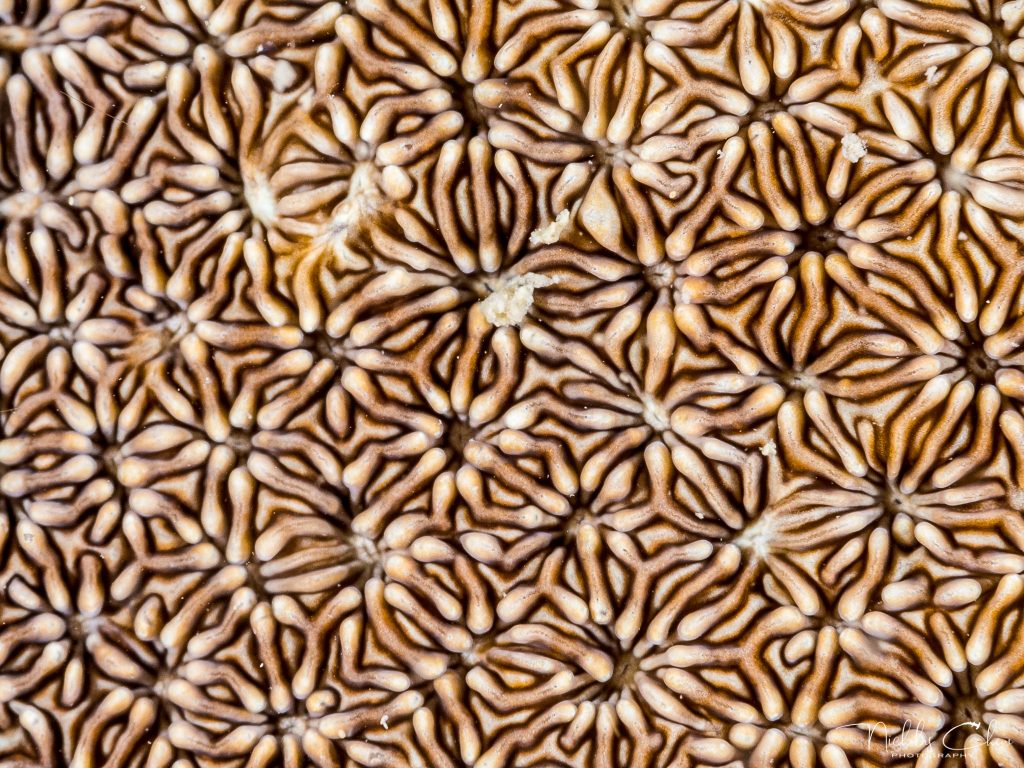
I was hoping to see spawning this year, but I was not overly optimistic as it was already late in the predicted spawning period. Most corals would have already spawned on the evenings prior so we did not expect much action at all this time. Thankfully, we did have some others in the team who saw many corals spawning on the previous nights.
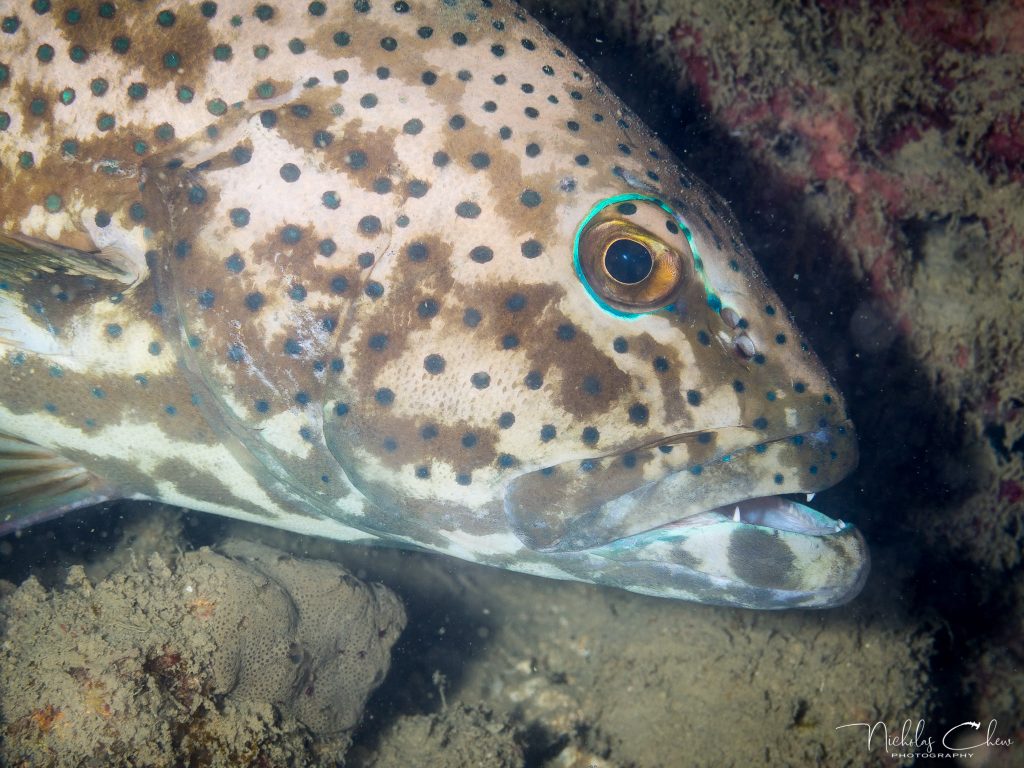
As someone who spends a lot of time with corals, to see corals do something rare and new was an exciting prospect. I’ve tried probably 3 or 4 times but shockingly, I’ve still not seen spawning corals in person. I’ve seen their gametes in the water, and my dive buddies have seen it, but this phenomenon just continues to evade my own pair of eyes!
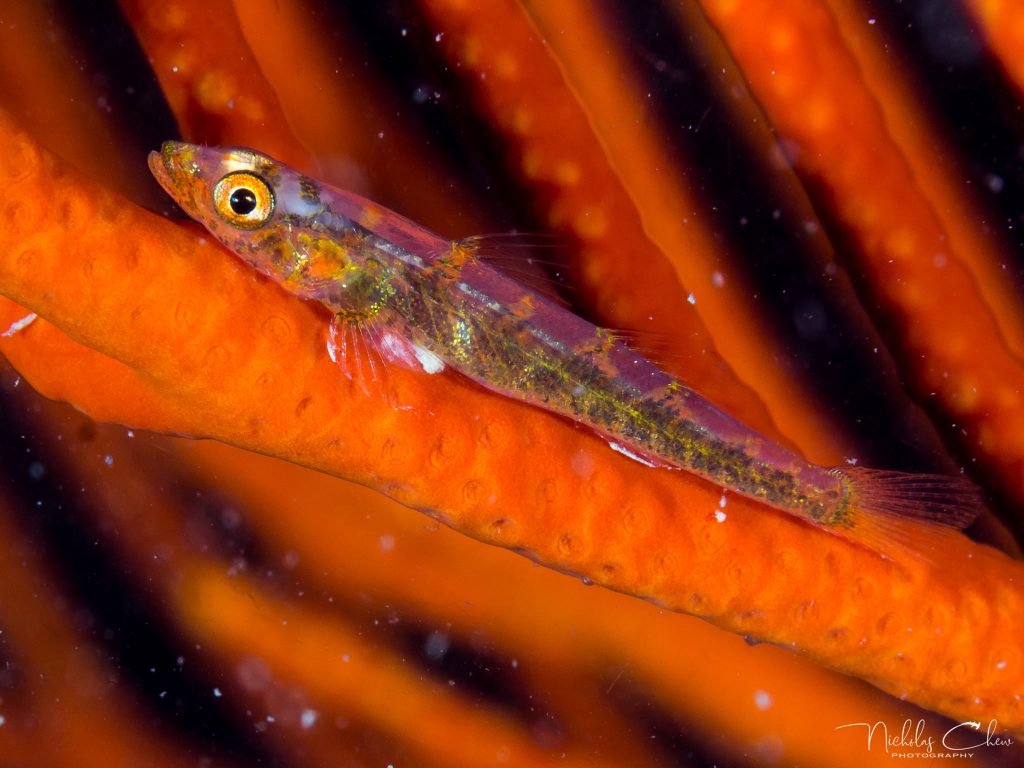
Although in some ways it was disappointing to not see any spawning colonies, I’ve learnt to not expect too much of a particular thing and simply experience each dive with the intention to discover – This is the best way for things to reveal themselves to you. Diving at night is amazingly peaceful. It is a world of complete darkness except for the little area in front of you lit by your light, and usually you’d find your own critters, and enjoy your own critters. You only see one small piece of the reef at a time. It is less of a shared experience and more of a personal one. To me, it’s a lot easier to focus on finding things on a night dive.
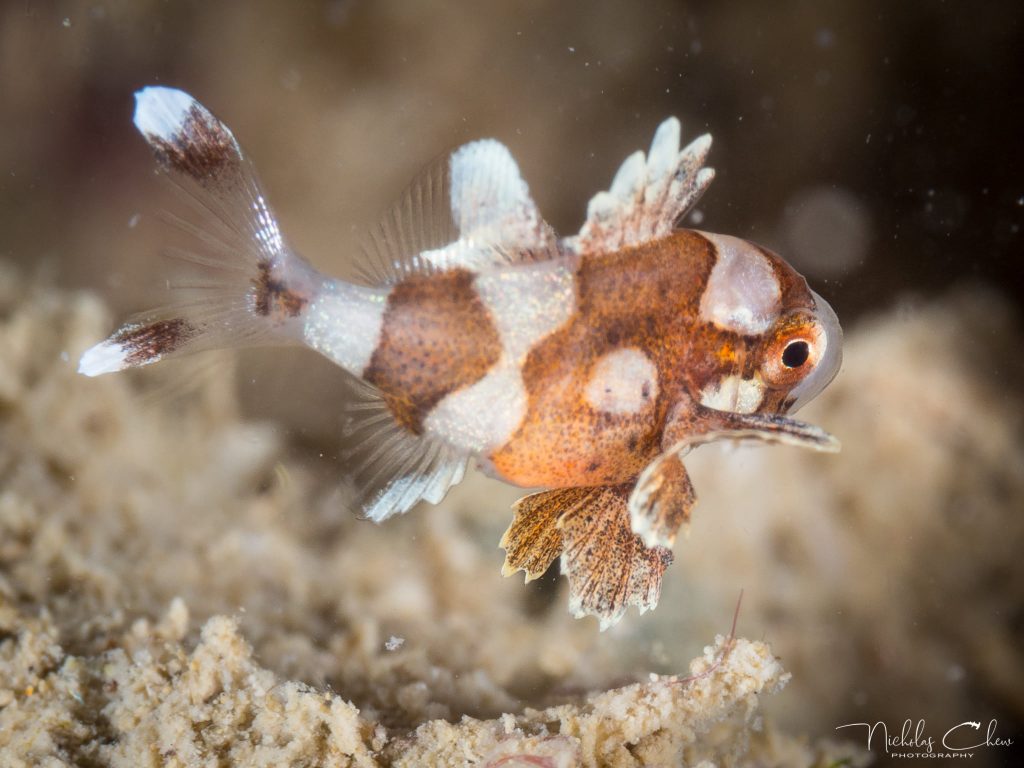
Although I didn’t witness the corals spawning, I still enjoyed my dive very much. Some subjects are much easier to shoot at night. While most fish life goes to sleep, a lot of crustaceans become active. Hard corals will also feed actively after dark, and extend their tentacles attractively to catch prey.
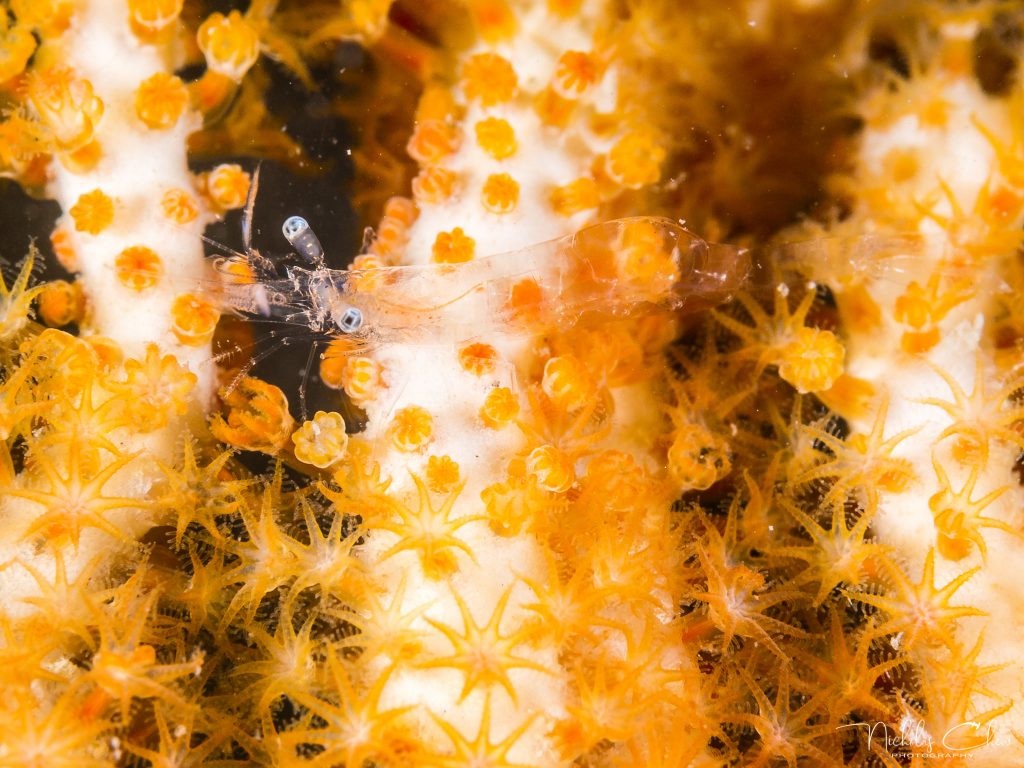
The highlight for me was when I was sticking my face really close to corals to study and photograph them, when I suddenly realised I was staring at the hind flipper of perhaps the largest hawksbill turtle I’ve ever seen. This big guy was probably a resident at Satumu, and he was so old that his shell was covered with huge barnacles.
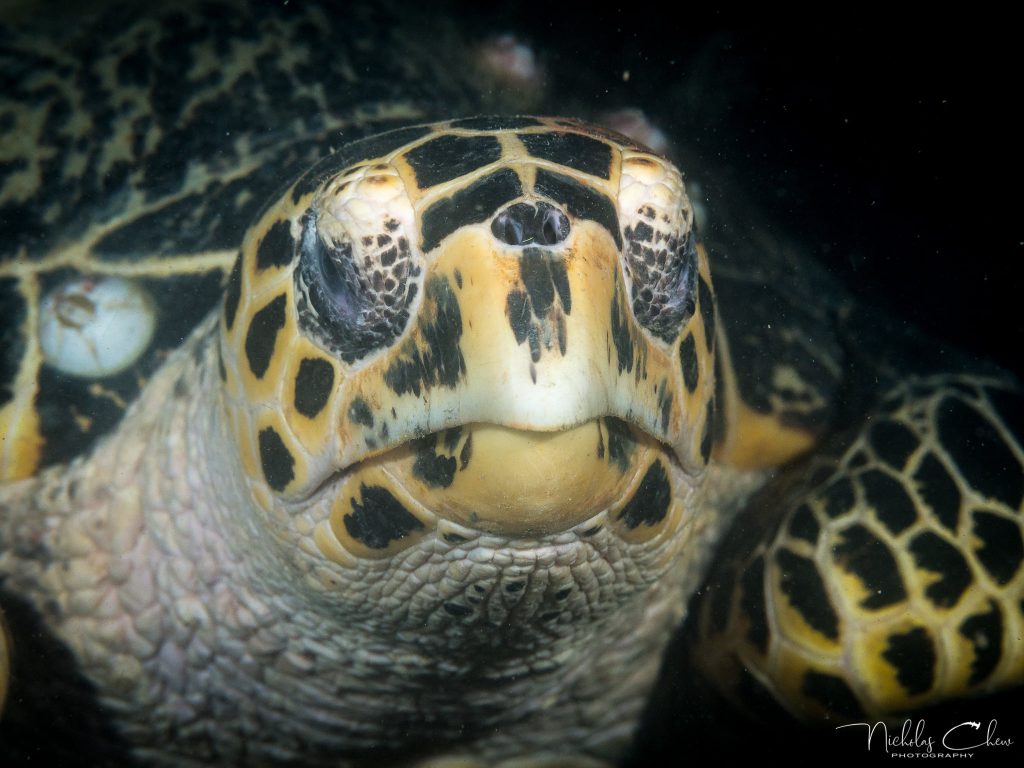
Satumu is a pristine reef with many subjects to photograph and beautiful corals to admire. It is a glimpse of what many of our local reefs used to look like, and a reminder of what they can look like again with responsible management. I’d like to thank NParks for the opportunity to join this trip.
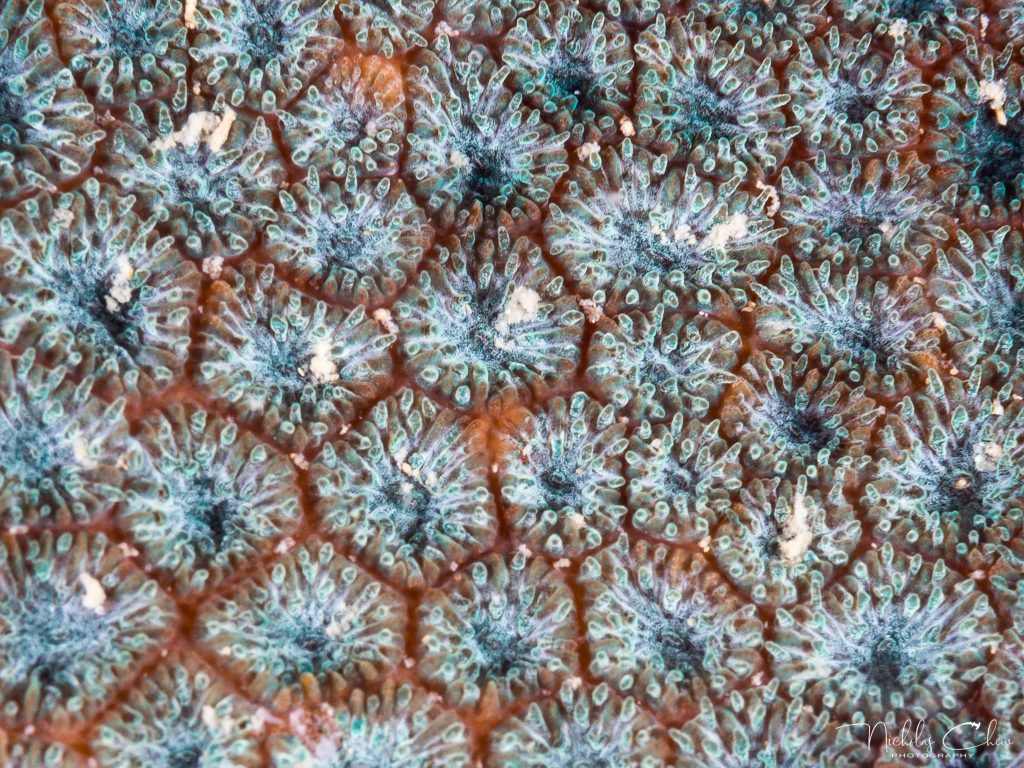
Read about previous mass coral spawning events in 2008, 2011, 2014, 2016, and 2019.
 Posted in
Posted in 



 content rss
content rss
COMMENTS